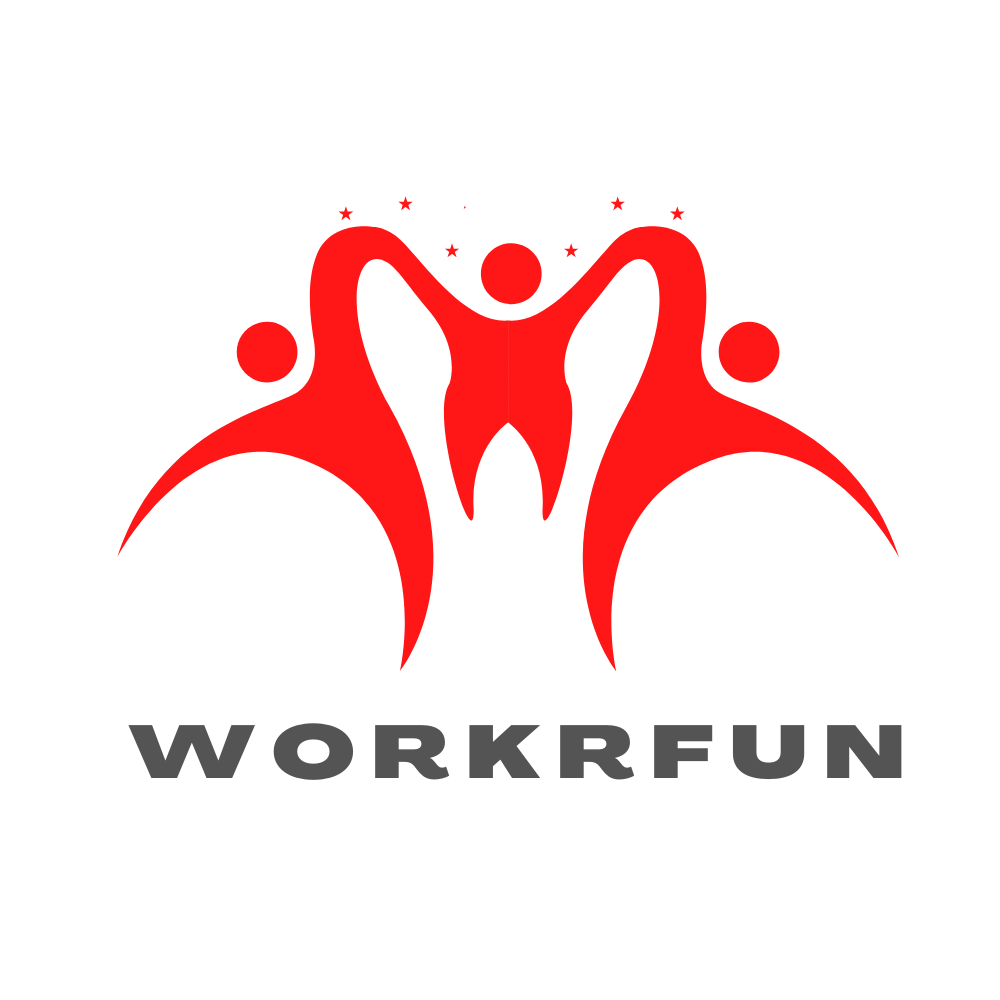Activity Overview
This activity enables participants to reflect on a question and produce their own solutions using simple principles of active listening and peer coaching. It’s an excellent introduction to active listening but can also be used with groups that are already familiar with it. Participants work in groups of three and take turns being: “the subject”, the listener, and the observer.
Objectives
- Helping participants to reflect on a question and produce their own solutions using simple principles of active listening and peer coaching.
Materials
- Flipchart
- Markers
Step By Step Instructions
-
Conduct a brief introduction to active listening. Explain that most times, when we reflect and discuss, we tend to focus on multiple individuals and questions at once, moving around our attention and focus. Meanwhile, when we listen to others, we tend to do so in a discussion-oriented way, thinking about “what will I say next”, rather than listening to the other with full presence and attention. One powerful way to explore a question or a problem is to use active listening with a focus on one person at a time. For this exercise, this is what you will need to do.
Optionally, make a list together with the group of “What makes good active listening?” Invite people to spontaneously offer answers and write them on a flipchart.
-
Using a flipchart, Introduce the three roles that participants will take on during the exercise.
The subject:
The subject’s role is to inspect the question or problem from his/her personal perspective. The participant in this role should allow the focus to be on them, and let their reflection flow naturally, being guided by the active listener.
The active listener:
The active listener’s role is to listen and really focus. To listen with the whole body, to be curious, engaged, observe, paraphrase what he/she hears and guide the subject with open questions. This person should keep in mind: ask open questions to support the subject’s reflection; do not offer advice; listen with the whole body.
The observer:
The observer’s role is to observe the process without saying anything. To make observations from an outside perspective, to see and hear things that the listener and subject may not. This person should keep in mind: stay silent throughout the process; observe and make notes about what you see and hear; after the subject finishes, share the observations with the others.
- Set up the question or problem. The question or problem is what each subject will explore and reflect upon. It could be a common question for the whole group (e.g. “What are the biggest hindrances to growth in the line of my work and how can I work to overcome them?”) or each subject can set his or her own question or problem (e.g. Choose a challenge in the workplace that you are struggling with currently.) Ensure that all participants understand what they should explore and reflect upon.
- Have participants form groups of three. Make it clear that each participant should have each role for a set amount of time. Give groups one hour or more so that each round can last 20 minutes. Explain that groups should pay attention to the time and make sure that there are three equal rounds.
- Once participants have finished, debrief the exercise, using questions like:
- What happened to me during the exercise?
- How did it feel to be the observer?
- How did it feel to be the subject?
- How did it feel to be an active listener?
- What did I learn about myself?
- How can I apply insights from this exercise?





